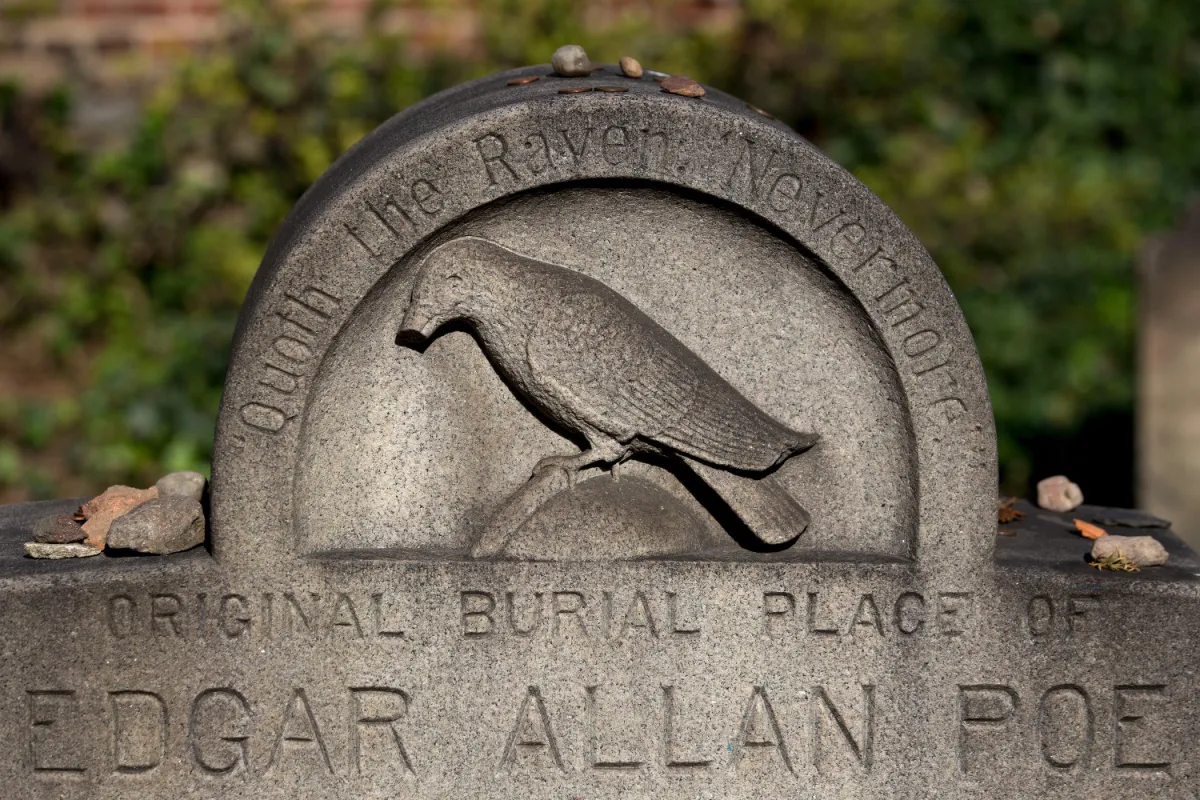Have you had Edgar Allan Poe on the mind lately? As American literary figures go, he’s never been too far out of sight, with his tales of the uncanny drawing in more readers year after year. Poe has also inspired impressive works of fiction that revisited his own books, like Mat Johnson’s excellent Pym, and he’s shown up as a character in other fictional works, such as the recent film The Pale Blue Eye.
That film, itself based on an acclaimed novel, offers its audience a compelling hook: what if one of the originators of the detective story helped to solve a mystery? That central conceit isn’t too far removed from reality in a few ways, however, because it turns out that Poe also drew on elements of true crime for his own fiction.
In a new article at CrimeReads, Dean Jobb revisited Poe’s story The Black Cat — along with the real-life murder that shared many of its details. New England newspapers broke the story of George Stebbins, a Massachusetts ferryman, who discovered the bones of a woman walled up inside of his house in 1842. It seemed likely that the body was that of a woman who had disappeared years earlier, believed to have been murdered.
A New Podcast Chronicles the Violent Crimes of Some of Literature’s Greatest Voices
The creators of “Penknife” discuss their show’s first season, which centers on Norman Mailer, Jerzy Kosiński and Jack Henry AbbottThe case appeared in newspapers a year before Poe’s story The Black Cat, which also includes the body of a murdered woman walled up inside a building. There’s no direct evidence to connect the two; Poe never wrote, “My story was inspired by this real-life case.” Still, Jobb points to an abundance of scholarship that makes a convincing case that Poe was aware of it and notes that he drew inspiration from other real-life horrors in his work. It’s a compelling trip into literary history.
Thanks for reading InsideHook. Sign up for our daily newsletter and be in the know.


















